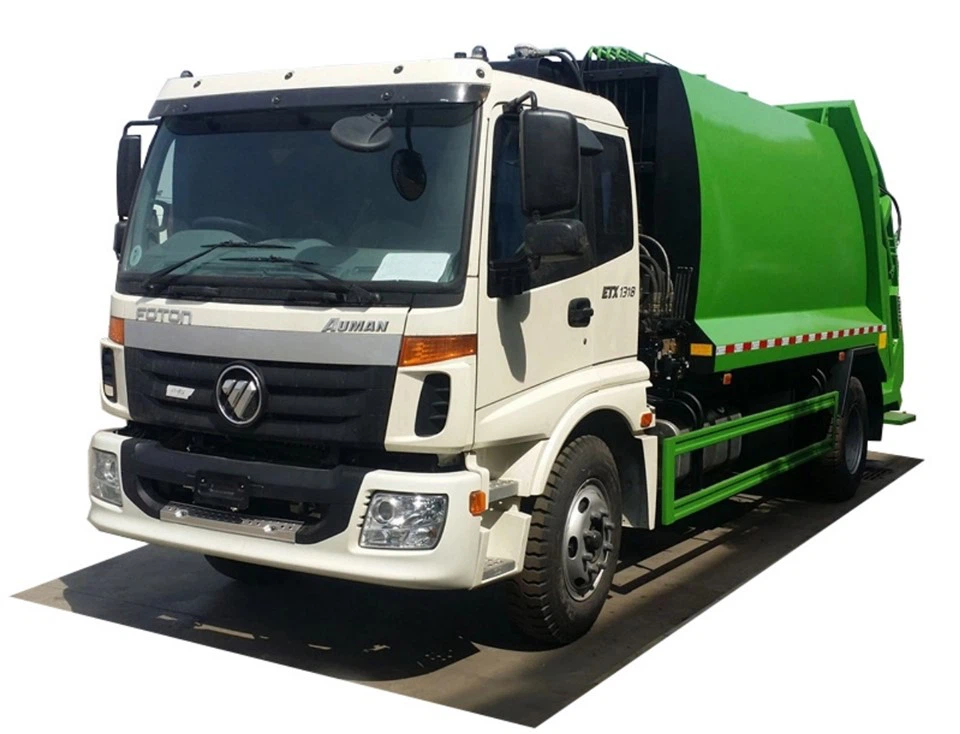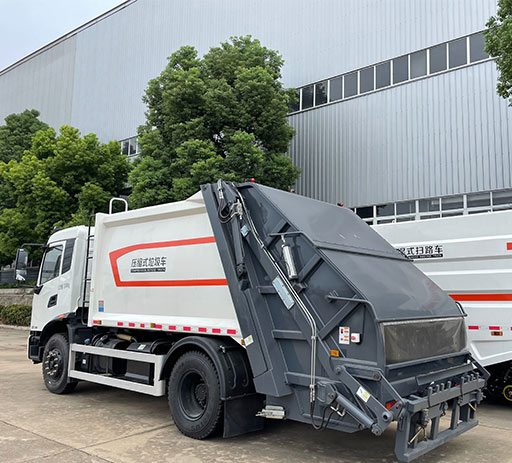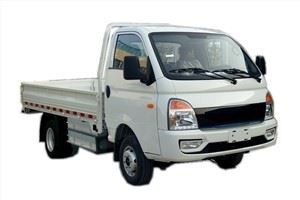Understanding Compactor Balers: A Comprehensive Guide

Introduction to Compactor Balers
Compactor balers are essential machines in waste management and recycling industries. These powerful devices compress waste materials into compact bales, which makes transportation and storage efficient. By integrating compaction and baling, these machines reduce the volume of waste, helping businesses minimize disposal costs and environmental impact. In this article, we will explore the different types of compactor balers, their benefits, practical applications, and maintenance tips.
What is a Compactor Baler?
A compactor baler is a machine designed to compress recyclable and non-recyclable waste into dense bales to enable easier handling, storage, and transportation. These machines can handle a variety of materials, including cardboard, plastic, metal, and paper. The compacted bales are then tied together, usually with wire or twine, to ensure they maintain their shape during storage and transport.
The Importance of Compactor Balers
Waste Reduction
One of the primary benefits of using a compactor baler is the significant reduction in waste volume. By compacting materials, businesses can reduce the number of trips needed to take waste to landfills or recycling centers.
Cost Efficiency
Compactor balers help save businesses money. By reducing the volume of waste, companies can cut down on disposal costs and increase operational efficiency. Fewer pickups and lower landfill fees translate into significant savings over time.
Environmental Benefits
Using compactor balers can greatly reduce a company’s carbon footprint. By encouraging recycling and reducing waste sent to landfills, businesses contribute positively to environmental conservation efforts, aligning themselves with sustainability goals.
Types of Compactor Balers
Horizontal Balers
Horizontal balers are designed for high-volume applications. They enable continuous operation, making them suitable for large-scale waste management facilities. These balers can produce bales of different sizes and weights.

Vertical Balers
Vertical balers are perfect for smaller operations. They take up less floor space and are more suited for processing smaller volumes of materials. These machines are often used in retail environments, where businesses generate minimal waste but still need to manage recyclable materials efficiently.
Two-Ram Balers
Two-ram balers are versatile machines that can handle a variety of materials, including more challenging waste like plastics and metals. They use two hydraulic cylinders to create compact bales and offer a high level of efficiency and output.
How Compactor Balers Work
The Baling Process
The baling process typically involves the following steps:
- Feeding: Waste materials are fed into the baler, either manually or through conveyor systems.
- Compaction: The machine’s hydraulic system compresses the waste into a dense mass.
- Baling: Once compressed, the material is tied together, forming a bale that can be easily handled.
Key Components of a Compactor Baler
| Component | Description |
|---|---|
| Feeding Hopper | A space where materials are loaded into the machine. |
| Hydraulic System | Creates the force needed to compress materials. |
| Press Plate | Moves down to compress the material in the baler. |
| Tying Mechanism | Ties the compressed material into a bale using wire or twine. |
Applications of Compactor Balers
Retail and Grocery Stores
Many retail businesses, especially grocery stores, generate substantial amounts of cardboard and plastic waste. Compactor balers provide an effective solution for managing this waste, helping retailers reduce their environmental impact.
Manufacturing Facilities
Manufacturing plants often deal with various waste materials that require efficient disposal methods. Compactor balers can help streamline the process, allowing for quick and easy management of recyclable materials.
Waste Management Companies
For waste management companies, compactor balers are essential tools. They enable these organizations to process larger quantities of waste and recyclables, resulting in more efficient operations and reduced costs.
Choosing the Right Compactor Baler
Assessing Your Needs
When selecting a compactor baler, consider the volume and type of waste your business generates. Additionally, evaluate your space limitations and the frequency of waste collection.
Understanding Baler Specifications
Pay attention to key specifications like:
- Bale size and weight capabilities
- Power consumption and energy efficiency
- Ease of maintenance and parts availability
Budget Considerations
Establish a budget for your purchase. While initial costs can be high, calculate potential savings over time through reduced waste disposal fees and increased recycling revenue.
Maintaining Your Compactor Baler
Routine Maintenance Tips
Regular maintenance is essential for extending the life of your compactor baler:
- Conduct visual inspections for signs of wear and tear.
- Lubricate moving parts as recommended by the manufacturer.
- Clean the feeding area to prevent jams and ensure smooth operation.
Finding a Qualified Technician
Hire certified technicians for more complex maintenance tasks. They can perform timely repairs and service to keep your baler running at optimal efficiency.
Tracking Performance and Usage
Keep records of maintenance activities and monitor the baler’s performance. This data can help identify potential issues early, minimizing downtime.
Real-World Examples of Compactor Baler Use

Case Study: Grocery Store Chain
A national grocery store chain implemented a vertical compactor baler in its locations to handle bulks of cardboard generated weekly. The store reported a 60% reduction in waste volume and significantly lower trash disposal costs.
Case Study: Manufacturing Company
A manufacturing company used a horizontal baler to manage scrap materials from its production processes. By compressing the waste, they were able to increase recycling efforts by 40% and improve workplace safety by reducing clutter.
FAQs about Compactor Balers
What materials can I process with a compactor baler?
Compactor balers can handle a variety of materials, including cardboard, paper, plastics, and metals. Always check the manufacturer’s specifications for specific material limits.
How much space do I need for a compactor baler?
The space required depends on the type and model of the baler. Vertical balers require less floor space, while horizontal ones may need more room for operation and maintenance.
Do compactor balers require a lot of maintenance?
Routine maintenance is important for optimal performance but is generally low in demand. Regular lubrication, inspections, and cleaning can significantly extend the life of the baler.
Can I use a baler for non-recyclable waste?
Generally, balers are designed for recyclable materials. Using them for non-recyclable waste may result in damage to the machine and is usually not recommended.

What is the cost of a compactor baler?
The cost varies widely based on the type and specifications of the baler. Smaller vertical balers can start at a few thousand dollars, while larger horizontal models can cost tens of thousands.
Is training required to operate a compactor baler?
Yes, proper training is crucial. Operators need to understand how to safely and effectively use the machine to prevent accidents and ensure efficiency.
